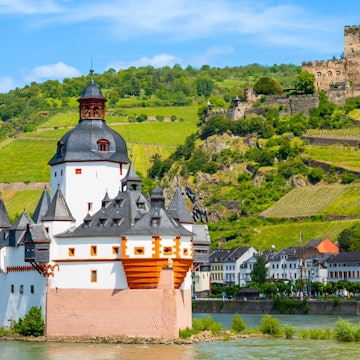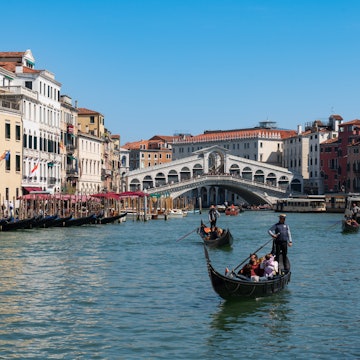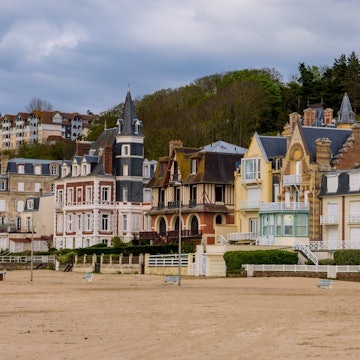

There’s a reason to visit Nice in every season © Marco Bottigelli / Getty Images
With 4 miles of sun-kissed turquoise shores sheltered by the imposing Préalpes mountains rising behind, Nice is blessed with 300 days of sunshine per year.
While this lively city on the French Riviera has one of the warmest winter climates of any Mediterranean destination, Nice is still predominantly a summertime destination, with crowds heaviest – and prices highest – between June and August. Given the still-warm weather and lower prices compared to summer, the shoulder seasons probably offer the best overall experience.
Yet Nice is truly a special spot all year round. Here all the ins and outs you should consider as you plan the perfect time to visit.

The summer high season is glamorous, gorgeous – and packed
The months of June, July and August are when the French city’s famous Promenade des Anglais swells with visitors enjoying the relentless sunshine before it dips to the west amid a blaze of orange. The balmy evenings are when the city is at its most pleasant and the cafes and bistros of the Old Town spill out onto the street, especially when July’s Nice Jazz Festival is in full swing. Note that August is typically the hottest month of the year in Nice, and also when many locals go on vacation. So expect crowded beaches and the narrow streets of the Old Town to be packed.

Visit in the winter low season for hotel deals and the chance to really explore the city
The famous Promenade des Anglais takes its name from the 19th-century English aristocrats (including Queen Victoria herself) who loved spending winter in Nice. These days, while low-cost flights offer travelers the option of further-flung (read: warmer) winter-sun destinations, Nice still maintains fairly mild temperatures in the winter, typically with powder-blue skies by day followed by chilly evenings.
Low hotel prices make this time of year an ideal time to really explore the city – especially indoor attractions like the Musée Matisse and wonderful independent shops. For a different take on Mardi Gras, visit in February for the gleefully ostentatious Carnaval de Nice.

With balmy weather and fewer crowds, spring and fall shoulder might be the best times to visit
The shoulder seasons are arguably the best time of year to visit, as the hordes of tourists ease but the bright weather is still more than adequate for most visitors (especially those from sun-starved northern climates). May in particular is also a good month for day trips on either side of Nice, with Hollywood stars arriving for the Cannes Film Festival and the glamor of Formula 1’s most famous race, the Monaco Grand Prix.
Weather-wise, spring and fall days are warm enough to lie in the sun and maybe even take a dip. And while you’ll probably need a jacket in the evening, the temperate is usually mild enough to eat and drink alfresco.
















